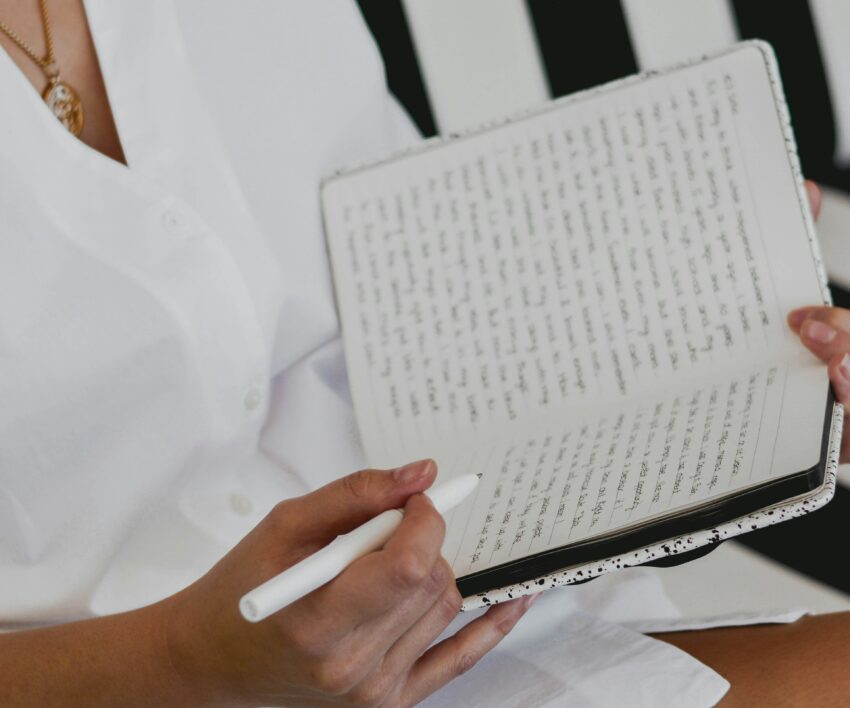
Journaling is one part of self-care that can be considered non-negotiable as it helps you evaluate your mood and alleviates stress throughout the day.
Although journaling can seem rather difficult for an average 9-5 person, it helps improve your mood as you write all your feelings in a book. Learning how to do it is a skill you need to know.
Let’s unpack the different ways to start journaling:
The information hub She Dreams All Day says to start journaling you need an empty notebook and a pen, adding that before you start, you need to answer these three questions:
- “Why do I want to start a journal?”
- “What do I hope to get out of it?”
- “What do I want to accomplish?”
Answering the above questions will give you more clarity in what you want to achieve during your journaling session.
The hub Better Up outlines the five types of journaling:
- Daily journaling: This way of journaling focuses on sharing actions and feelings or anything that occurred throughout your day.
- Visual journaling: In this journaling session, you would use pictures as a way to tell a story.
- Free-writing journaling: Write down thoughts as they flow through your mind.
- Gratitude journaling: This links gratitude to happiness, strengthens relationships and develops resilience.
- Bullet journaling: This can be used to track your mood and daily steps or as an agenda with bullet points for reflections.
It is important to test out the methods of journaling and find what’s best for you. It will help you achieve your goals quicker and to reap the benefits of journaling you need to be consistent, says the Visual Journal hub.
Also see: Benefits of a social media detox




